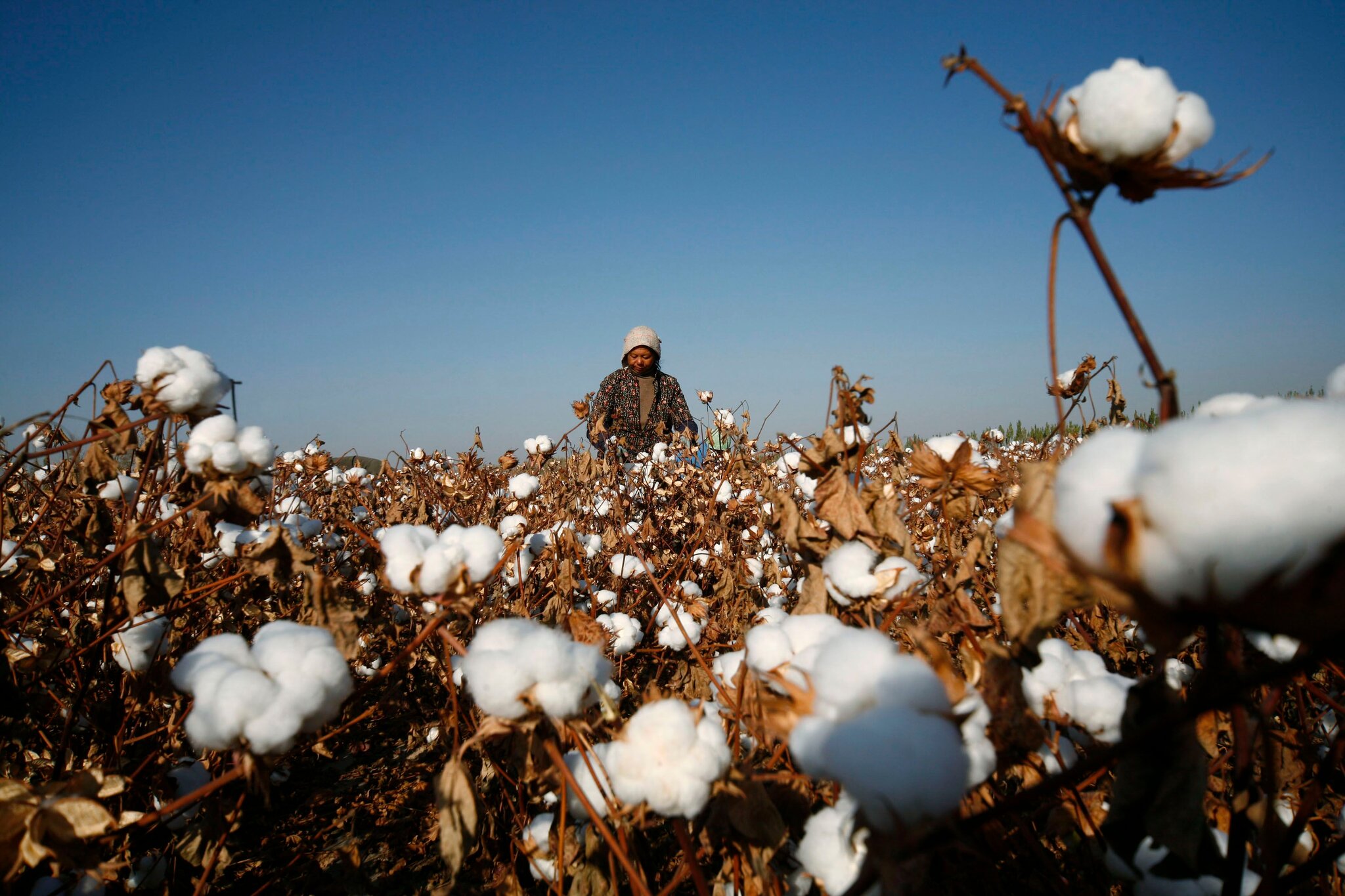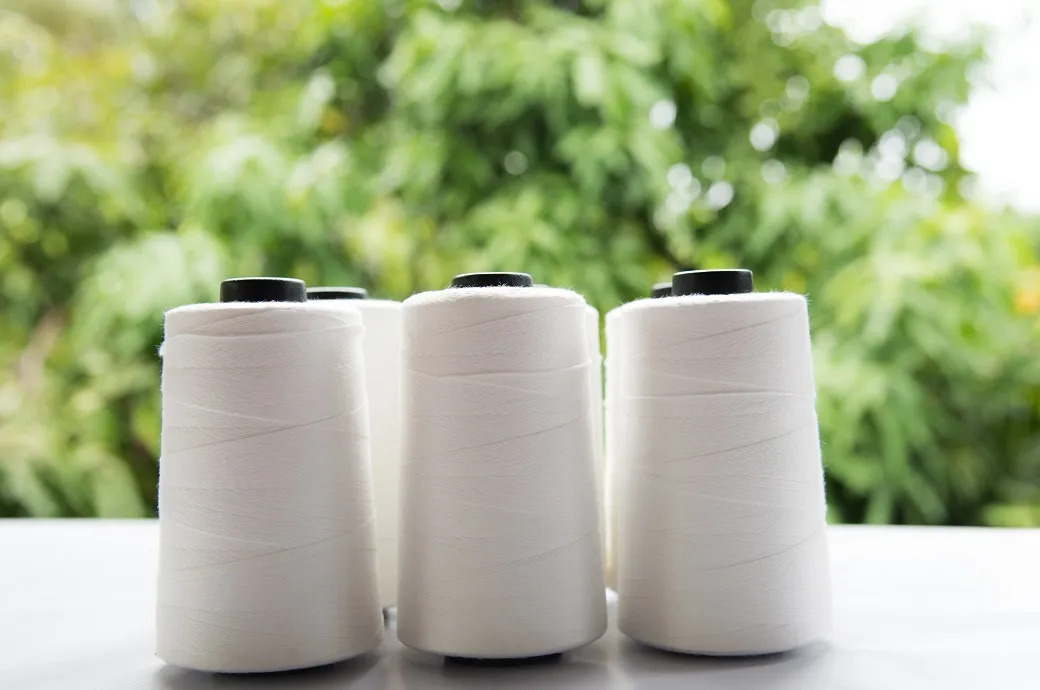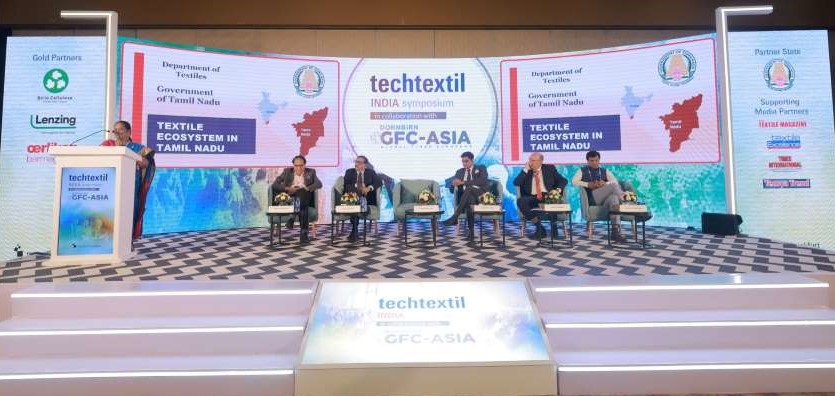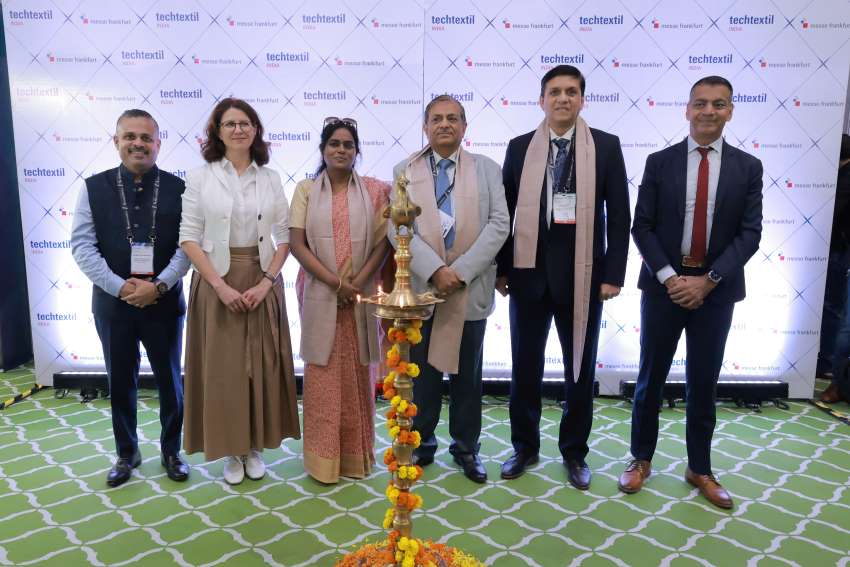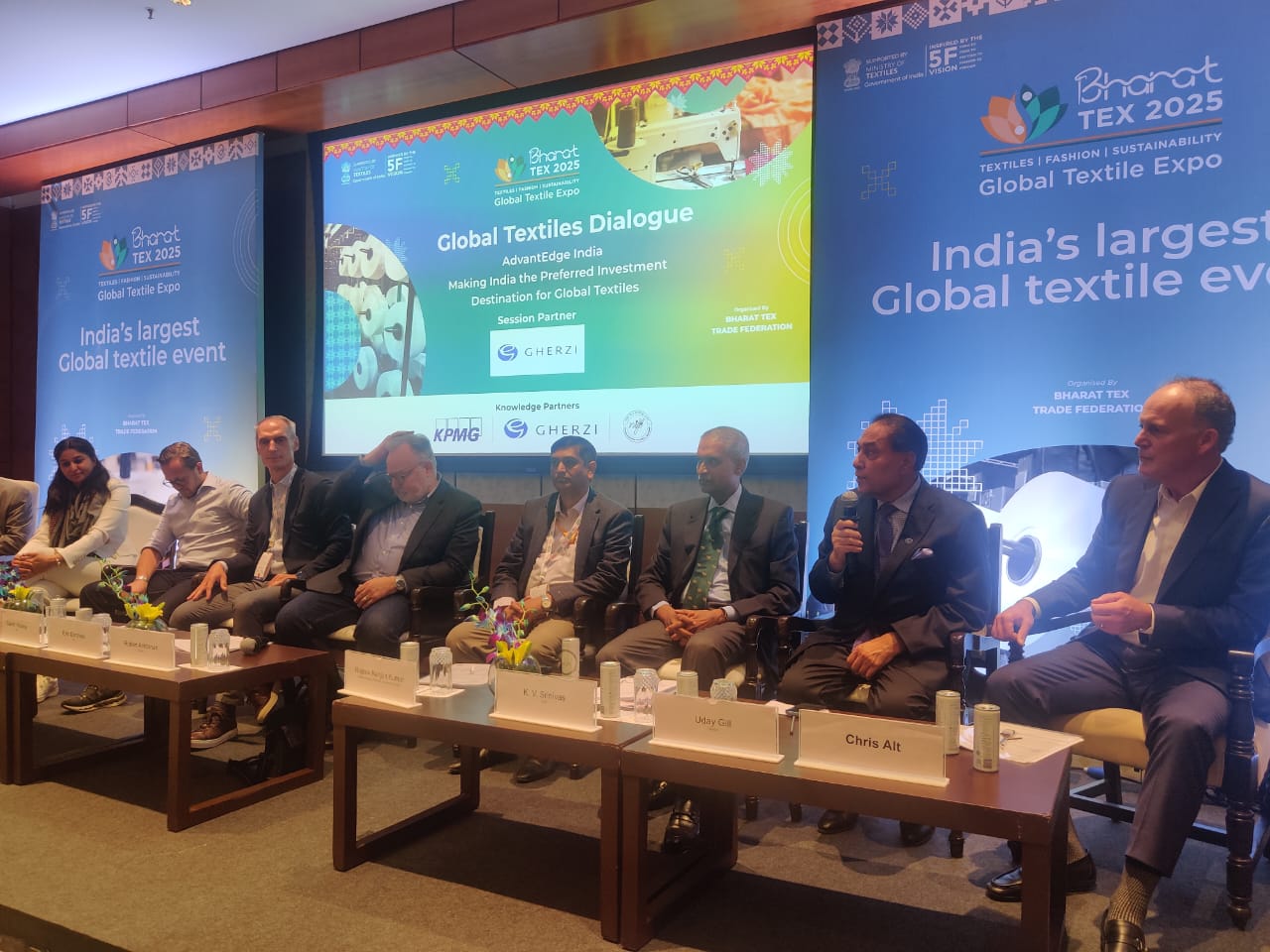
Bharat Tex 2025 showcased India's ambition to become the world's preferred textile destination. The presentation, ‘AdvantEDGE: Making India the preferred destination,’ in one of the knowledge sessions highlighted India's rich textile heritage, spanning millennia from the Indus Valley Civilization, where natural fibers like cotton thrived, to the medieval era's intricate techniques like Chikankari. As one of the speakers noted, "Our textile industry goes back to the Indus Valley Civilization." While colonial influence impacted the industry, post-independence efforts revitalized traditional crafts.
Today, India is a textile powerhouse. It's the largest jute producer, second-largest cotton, silk, polyester, and viscose producer. Kasturi cotton, with its focus on "traceability, certification, branding, sustainability," positions India as a leader in ethical sourcing. The industry contributes 2 per cent to India's GDP, a figure projected to double by 2030, mirroring India's economic growth towards a $7 trillion economy. "We are looking at doubling the economy," the speaker emphasized. The domestic market, valued at $200 billion, is also expected to reach $300 billion by 2030.
India's skilled workforce of 45 million, 70-75 per cent women, underscores the sector's social impact. With an 8 per cent current growth rate and a 10 per cent target, the industry aims to attract more investment. "Investment drives manufacturing and manufacturing drives trade," the speaker asserted, highlighting the need to increase FDI from the current $2.7 billion. India's textile exports, currently at $37 billion, also hold significant potential.
India's vision for 2047, to become a developed nation, fuels infrastructure development through initiatives like PM Gatishakti. The Amrit Kaal vision acknowledges India's young population and rising per capita income, which will drive domestic textile consumption. "Our per capita expense on textile is also one of the lowest. So, that means there is a huge opportunity," the speaker explained. Flagship programs like Make in India have already spurred growth, with shuttleless looms increasing by 108 per cent.
Key growth areas include apparel, technical textiles, and home textiles. India is a leading home textile manufacturer, with Indian-made towels and bed sheets prevalent in global markets. The government supports this growth through initiatives like Mega Integrated Textile Regions and Apparel Parks (MITRA), the National Technical Textile Mission, skill development programs, and production-linked incentive schemes. State governments also offer investor-friendly policies, including capital, land, and power subsidies. India's diverse textile clusters, spread across the country, offer a complete supply chain ecosystem, minimizing disruptions.
Invest India, the national investment promotion agency, assists investors in navigating the Indian market. India's strategic position, coupled with government support and a thriving domestic market, makes it an attractive destination for textile investment. As the speaker concluded, "India is well poised to help you diversify your value chain and also to maximize your return."

